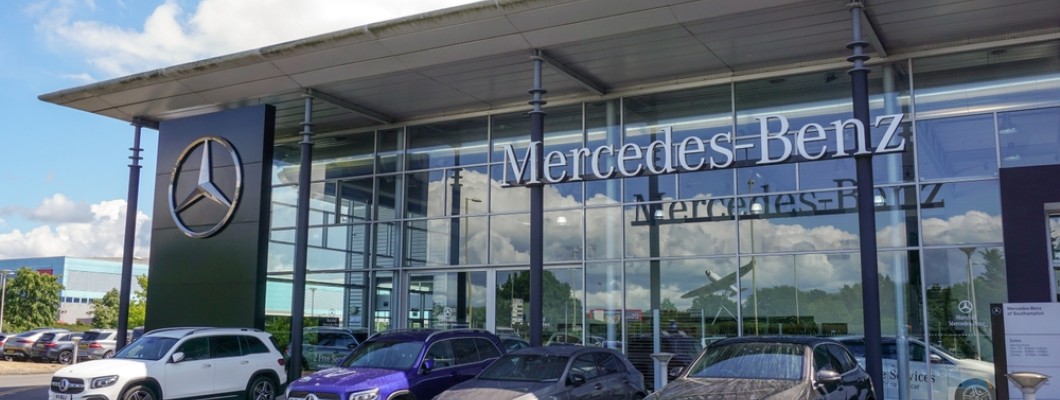
Introduction
The Mercedes A-Class is a remarkable story of innovation,
adaptation, and evolution within the automotive industry. Since its inception,
this compact luxury car has undergone a series of transformative changes that
have not only reshaped its own identity but have also left a lasting impact on
the automotive world as a whole. In this 800-word exploration, we will trace
the history of the Mercedes A-Class, from its ground-breaking debut to its
current status as a symbol of premium compact cars.
The Birth of a New Class (1997-2004)
The story of the Mercedes A-Class begins in 1997 when the
first generation, known as the W168, was introduced to the world. This moment
marked a significant departure from the traditional Mercedes-Benz line-up, as
the A-Class was the brand's first foray into the compact car segment. It was
also distinctive for its innovative "sandwich" platform, designed to
maximize interior space and safety.
One of the most notable features of the W168 was its
revolutionary "Elk Test" incident, during which the car famously
tipped over in a Swedish automotive magazine's safety evaluation. Mercedes-Benz
quickly responded with significant engineering improvements to stabilize the
car, highlighting their commitment to safety. This incident became a lesson in
adapting and evolving to meet customer expectations.
The first-generation A-Class offered a range of engines,
including efficient diesel options and a high-performance AMG variant. It
showcased Mercedes-Benz's dedication to offering diverse choices within a
compact car, a trend that would continue in subsequent generations.
Growing Pains (2004-2012)
In 2004, the second-generation A-Class, known as the W169,
was introduced. This model retained the compact dimensions and innovative
design of its predecessor while addressing some of the initial teething issues.
It featured a redesigned suspension system to enhance stability and handling,
ensuring that the Elk Test incident was not repeated.
During this era, the A-Class line-up expanded to include a
sportier three-door variant and the introduction of the A-Class-based B-Class,
which further diversified Mercedes-Benz's compact car offerings. These changes
reflected the brand's efforts to cater to a broader range of customers seeking
practicality and luxury in a smaller package.
Additionally, the second-generation A-Class incorporated
advancements in safety technology, including features such as adaptive cruise
control and pre-safe collision avoidance systems. These innovations contributed
to the A-Class's reputation for safety and paved the way for further
technological progress.
A New Direction (2012-2018)
The third-generation A-Class, known as the W176, introduced
a significant shift in design language, making the A-Class appear more youthful
and dynamic. It adopted a more aggressive front-end design with bold lines and
a sportier profile, appealing to a younger and more design-conscious audience.
Under the hood, the W176 featured a range of efficient
engines, including small turbocharged units, reflecting the industry's growing
focus on fuel efficiency and emissions reduction. This generation also marked
the introduction of the high-performance Mercedes-AMG A45, showcasing the
brand's commitment to delivering exhilarating driving experiences within the
compact segment.
Technological advancements were a hallmark of the W176, with
the inclusion of the COMAND infotainment system and an array of driver
assistance features, bringing the A-Class up to speed with contemporary
expectations.
A Bold New Era (2018-Present)
The fourth-generation A-Class, known as the W177, has
embraced the digital age with open arms. Featuring the innovative Mercedes-Benz
User Experience (MBUX) infotainment system, the A-Class offers a level of
connectivity and personalization previously unseen in the compact car segment.
The MBUX system combines voice control, touchscreens, and AI-driven features to
create an immersive and user-friendly experience.
Design-wise, the W177 continues to evolve, with a sleeker
and more aerodynamic profile. It incorporates the brand's latest design
language, emphasizing clean lines and modern aesthetics, ensuring that the
A-Class remains a trendsetter in the world of compact luxury cars.
In response to environmental concerns and shifting market
trends, Mercedes-Benz introduced hybrid and electric variants of the A-Class,
such as the A250e plug-in hybrid and the all-electric EQA. These models align
with the global push for sustainability and demonstrate Mercedes-Benz's
commitment to reducing its carbon footprint.
Conclusion
The Mercedes A-Class is not just a car; it is a testament to
the adaptability and innovation of a prestigious automaker. From its
unconventional "sandwich" platform and pioneering safety measures to
its continuous evolution in design, technology, and sustainability, the A-Class
has consistently pushed the boundaries of what a compact luxury car can be.
As it embraces the challenges of the future with electric and hybrid offerings, the A-Class stands as a symbol of Mercedes-Benz's enduring commitment to excellence, setting new standards and leading the way in the ever-changing automotive landscape. Its journey is a reflection of the industry's evolution and a testament to Mercedes-Benz's dedication to delivering luxury and innovation in every class of car they create.






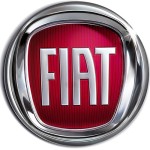
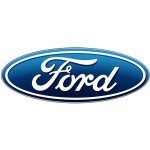







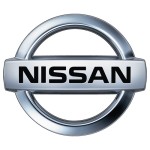












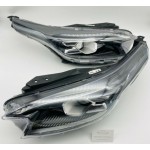
Leave a Comment